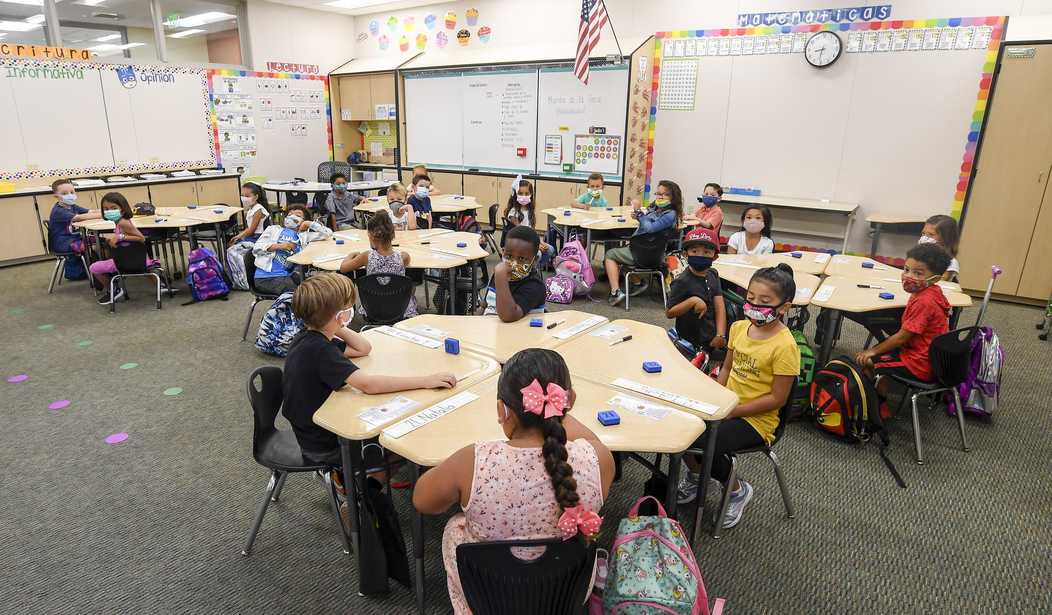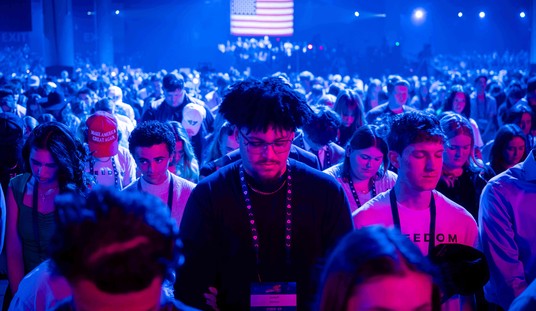One of the biggest sources of contention in the debate over Critical Race Theory (CRT) in classrooms is how it has been used to promote a new type of segregation in schools across the country. Many school districts have implemented programs that separate students – and even faculty – by skin color. They have held events that specifically exclude students of certain ethnicities in the name of promoting racial equity.
But one of the most insidious – but least known – ways of promoting woke segregation involve what school districts have referred to as “affinity groups.” There are several different types of affinity groups. They can be formed around hobbies like video games or anime. One could even create an affinity group for fans of “RedState’s Jeff Charles” if they wish. In fact, I would highly recommend it.
But in their quest to further indoctrinate the youth, progressives in education have touted racial affinity groups. These are gatherings of students ostensibly designed to support students who belong to marginalized groups. These groups can take a variety of different forms. Some might consist of those who identify as members of the LGBTQ community. Others might be made up of members of certain racial groups.
It is the racial affinity groups that the left is using to deepen the racial divide in the educational system through promoting woke segregation.
The Great Schools Partnership, a nonprofit educational organization, explained the purpose of affinity groups:
A racial affinity group is a group of people sharing a common race who gather with the intention of finding connection, support, and inspiration. Racial affinity groups can happen within any profession or organization, including education. These resources are specifically targeted to the development of racial affinity groups for educators of color where such groups can provide participants support to survive the racial isolation that exists in many schools and institutions. (By “educators,” we mean all staff people who work in a school, in any role.) These groups are retention tools which are specifically designed to provide support for educators of color and help them remain in the profession.
The organization’s mission is to provide “school and district coaching, professional development, and technical assistance to educators, schools, districts, organizations, and government agencies” and to “create tools and resources for educators and communities, administer public and private grant programs, and coordinate large-scale school-improvement initiatives for foundations and states.”
The group explains that the reason for the existence of affinity groups is that the United States, for decades, “has failed to provide an educator workforce that truly reflects the diversity of the country.”
“Today, over half of the nation’s public school students are children of color, but educators of color, who represent about 20% of the educator workforce, are grossly under represented in teaching and administrative roles,” according to the group’s website. They also point out that “[m]uch like segregated schools, a homogeneous educator workforce is detrimental to society and directly contributes to perpetuating racial bias, stereotypes, and inequitable systems.”
But what is telling is the section in which the group addresses questions educators and staff might ask. In response to a question regarding whether a particular individual should join a specific group, the organization answered:
As a member of a racial affinity group, you will engage in conversations on issues pertaining to race and racism. If you are unable to openly and honestly use the pronouns “I” or “we” within the group you join, chances are the group is not the right group for you.
This explanation leads to the primary problematic aspect of racial affinity groups: Segregation. It is the obvious elephant in the room. The organization dismisses such concerns:
One of the most common misconceptions about racial affinity groups is that they promote racial segregation. This is not the case. Racial affinity groups provide a targeted and necessary kind of support to educators who experience unique challenges because of their race. White educators may find a lot of meaning in forming their own groups to discuss how to be effective allies or how to understand white privilege and systemic racism.
So, in essence, they argue that racial affinity groups do not promote segregation, even though they practice segregation. They seem to believe the woke version of segregation is appropriate because it is ostensibly designed to support minorities in their struggle against systemic racism.
If this does not make sense to you, it is probably because you are a normal, rational person.
Progressives in education insist the benefits of racial affinity groups are backed by evidence. However, a closer look reveals this is not exactly the case. The National Review’s Frederick Hess explains:
[G]iven the thousands of education professors in American schools of education, one might imagine there’d be a mass of research on this hot-button question. Yet a comprehensive search of the academic databases ProQuest and Google Scholar returns just five articles purporting to examine the benefits of “racial affinity” spaces in K–12 schooling (other articles on affinity groups focus on things such as video games or community centers). To grasp how astonishingly tiny this figure truly is, it’s useful to know that these same databases return more than 147,000 results on “K–12 school transportation.”
There have already been a plethora of news stories in which parents take exception to affinity groups that explicitly exclude students based on their skin color. Last week, an advocacy group called Parents Defending Education (PDE) won a lawsuit against a Massachusetts school district for promoting racially segregated affinity groups. However, there are still plenty of other schools with similar programs. The group has filed lawsuits against several other school districts.
I’ve pointed out, time and time again, that the reason the Democrats are so gung-ho about accusing their political opposition of perpetuating “Jim Crow 2.0” over voting laws is to distract from the reality that they are supporting genuine segregation in public schools. As more parents discover what is happening in their children’s classrooms, it is not hard to imagine that the issue will become even more toxic at the federal, state, and local levels. The question is: Will the left wise up or will they double down?













